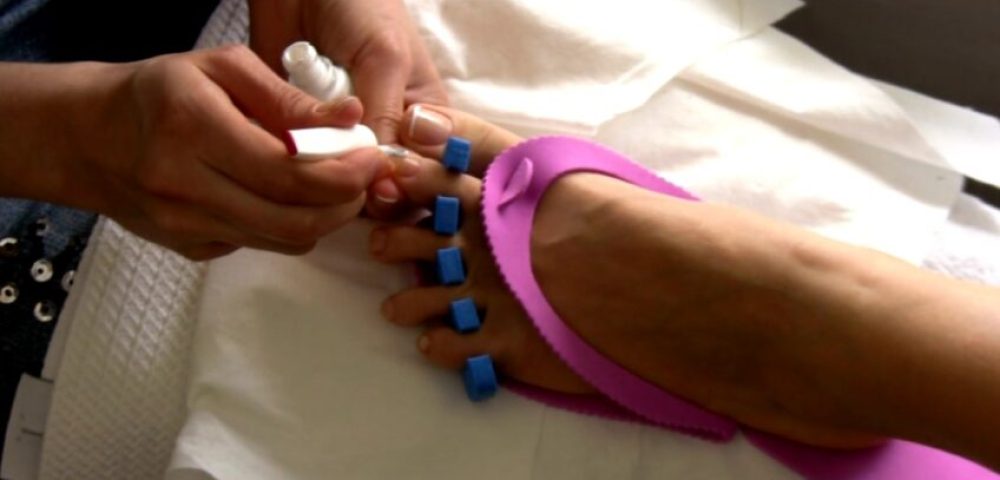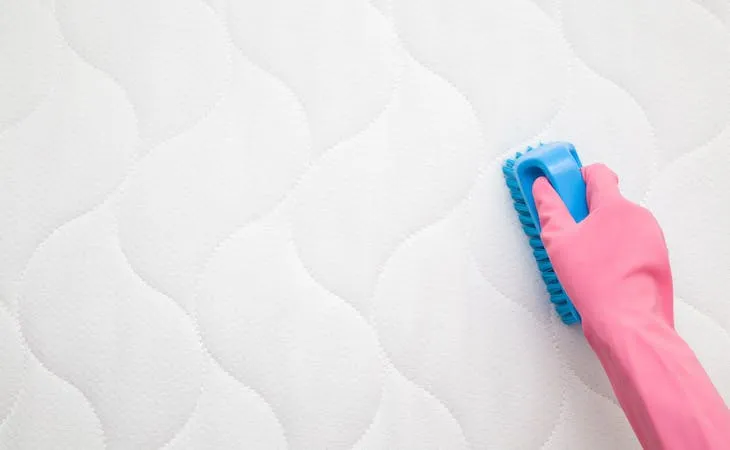You might have nail fungus if your nails start to thicken, become discolored, become brittle or distorted in shape, or even start to smell bad. Although fingernails can also be affected, toenails are typically more vulnerable.
What does this mean for you and your salon visits, though? Does it completely rule out a visit, or is it still possible to obtain the manicure you’ve been hoping for? You should be aware of the following.
So, will nail salons treat fungal nails? Even if you have fungus, nail salons should still do your nails, and many won’t turn you down for a manicure. This shouldn’t surprise technicians or prevent them from being able to operate on them because they see and work on all different kinds of nails, including ones with problems.
This does not, however, mandate that you get a manicure. The best course of action is to try to decrease, eradicate, and treat the fungus because it can spread.
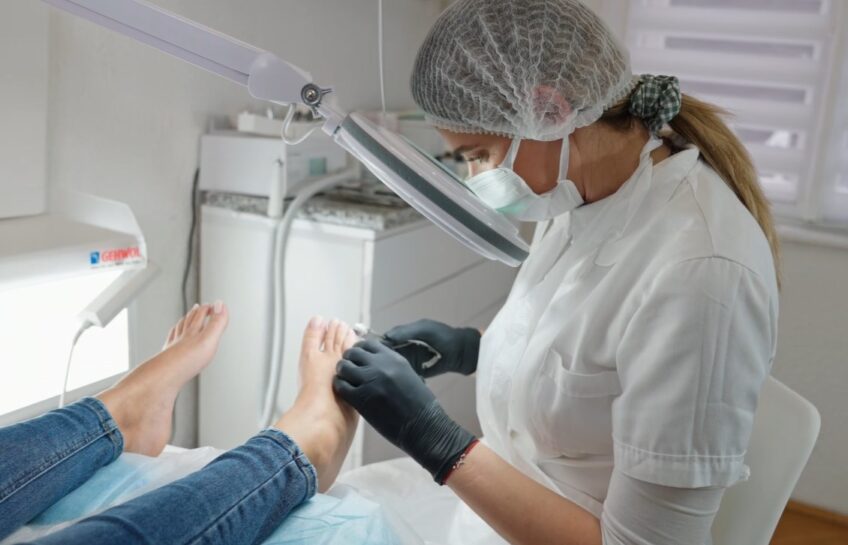
Both visiting a medical doctor and buying specialized nail paint made especially for fungus are options. If you use it according to the directions, you should be able to permanently get rid of the fungus.
Luckily, hairdressers sanitize their equipment, but even so, you don’t want to leave this. One of the most prevalent and uncomfortable nail issues is a fungus (onychomycosis). Under your nail tip, it appears as a white or yellow patch at first. Both toenails and fingernails can experience it. As the infection progresses the nail gradually turns yellowish or white-ish.
Let us now take a look at the most commonly asked questions related to the topic. We will be looking at how fungus develops, to begin with, the average nail salon’s response to working on nails with fungus, and even how you can look to remove fungus, for good.
So, be sure to keep on reading to the end to ensure you get all the information you need!
Page Contents
- 1 Why Does Nail Fungus Develop?
- 2 Will Nail Salons Do Toenails With Fungus?
- 3 Can You Put Acrylic Nails On Nails With Fungus?
- 4 How Can I Get Rid Of Toenails Fungus?
- 5 Preventing Nail Fungus
- 6 What Happens If Nail Fungus Is Left Untreated?
- 7 FAQs
- 7.1 How long does it take to get rid of nail fungus?
- 7.2 Can nail fungus be contagious?
- 7.3 Can I get a nail fungus infection from a nail salon?
- 7.4 Can nail fungus be cured permanently?
- 7.5 Can I get a pedicure while I’m being treated for nail fungus?
- 7.6 Are there any side effects to prescription medications?
- 7.7 Can I still get a nail fungus infection if I maintain good foot hygiene?
- 8 Conclusion
Why Does Nail Fungus Develop?
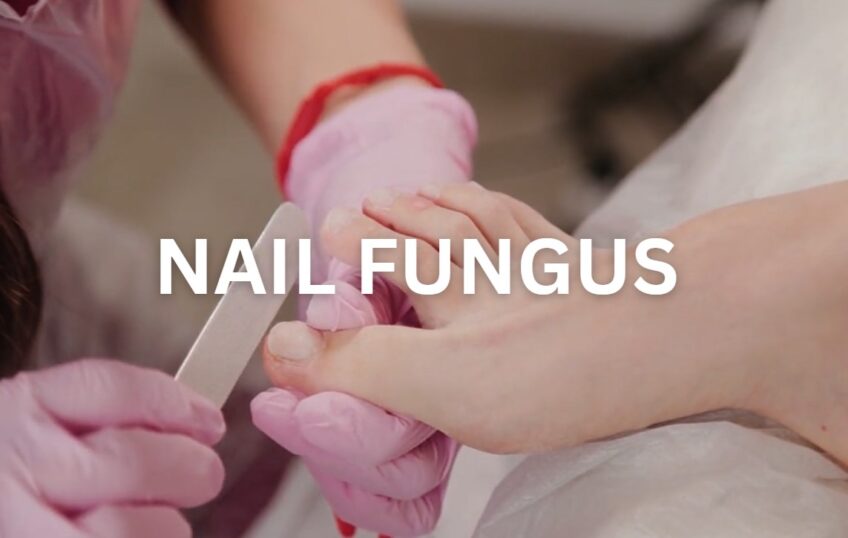
A variety of fungi can cause nail fungus (fungi). The name for this kind is dermatophyte. Mold and yeast can also spread illnesses. The disease is quite tenacious, and therapy takes time. Exposure in public spaces including swimming pools, gyms, saunas, and restrooms is one of the risk factors.
Additional elements consist of:
- Being older – the nails become drier with age and lack of balanced and healthy environment below the nail plate can attract more bacteria.
- Sweating heavily
- Having a minor skin or nail injury
- Suffering from diabetes of weakened immune system – additional conditions naturally reduce the body’s ability to fight outside invaders and it becomes more susceptible to infections.
- Acrylic nails left for three months or more – if you leave the nail extensions for too long, they become too damp and the natural nail cannot ‘breathe’ freely. Therefore, bacteria start to develop.
Signs of Nail Fungus
- Discoloring,
- Turning yellow,
- Thick and stiff nail plate,
- The disintegration of the nail and cracking if the infection is left untreated for a long time,
- Damaged skin and cuticles around the nails
Will Nail Salons Do Toenails With Fungus?
Despite an infection in your nails, the majority of manicure salons will do toenails. That does not imply that they have to.
Because it is contagious, fungus can spread to other clients. It is important to phone ahead and inquire about your manicure with everyone.
Make the technicians aware to start with. Then, you could even want to inquire about whether or not you should bring your own nail kit and what instruments to include.
If you have artificial nails on and suffer a fungus infection, you should have them removed at a salon right away and start treatment.
Can You Put Acrylic Nails On Nails With Fungus?
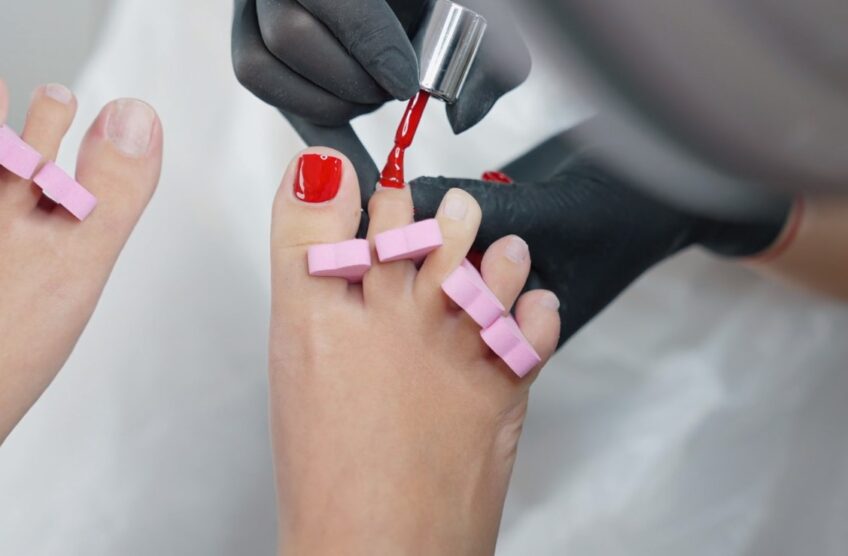
Acrylic nail polish should not be applied to fungus-ridden nails. This is due to the nail beds’ inherent weakness, which prevents them from supporting and holding the extensions in place adequately.
Wearing acrylics also makes it possible for too much moisture to accumulate underneath, aggravating the issue and escalating the infection.
Long-term or irreversible harm may occasionally result.
How Can I Get Rid Of Toenails Fungus?
Although it is theoretically conceivable, it is not advised to use over-the-counter drugs because of doubts about their efficacy.
If you see a doctor, they might give you the following medication:
- Terbinafine (Lamisil)
- Itraconazole (Sporanox)
- Fluconazole (Diflucan)
- Griseofulvin (Gris-PEG)
Antifungal nail polish or topical solutions are additional antifungal methods that are available and can be quite successful.
These remedies are used in the same manner as ordinary nail polish.
Typically, the illness is resistant, and treating it may take several months.
After being treated, the infection may resurface and, in some circumstances, result in irreversible nail damage.
You can try various home medical remedies if the situation is not too bad. These are a few instances:
Vicks VapoRub
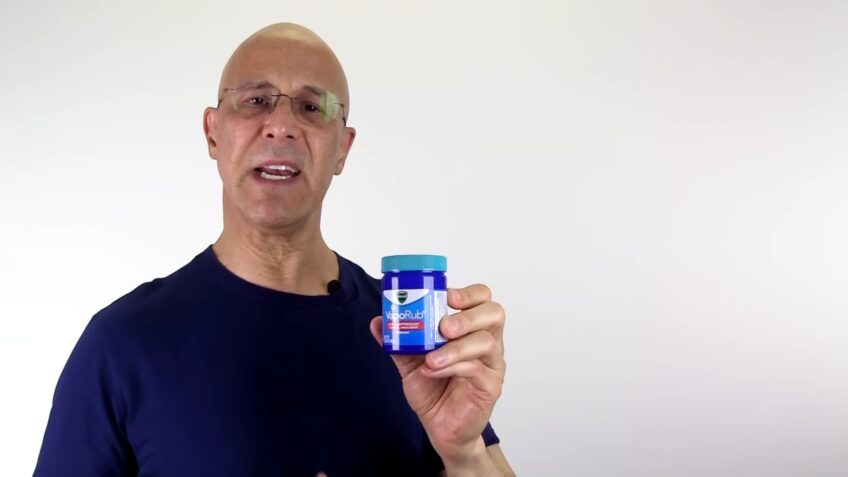
A topical ointment, this. Nail fungus is treated with this product’s active components, camphor and eucalyptus oil.
At least once every day, apply a tiny amount to the affected area.
Vicks VapoRub is one of those commonplace things with numerous applications.
Snakeroot Extract
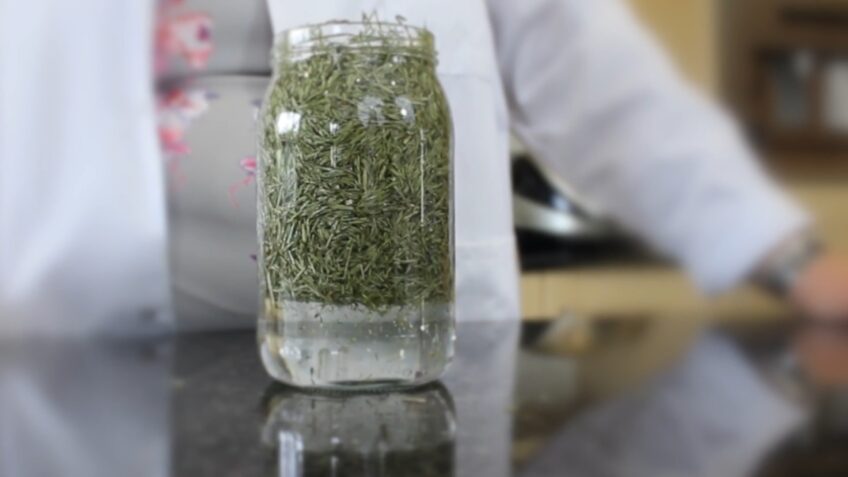
This antifungal treatment is created using plants related to the sunflower family.
It is applied every third day for the first month of the treatment, twice a week for the next, and once a week for the third.
You might need to go to a herbal store to purchase it because it is a somewhat specialized good.
Tea Tree Oil
Both Tea Tree Oil and Melaleuca are the same substance.
The essential oil’s antifungal and antiseptic properties make it useful. Use a cotton swab to apply it twice daily to your nails.
Oregano Oil
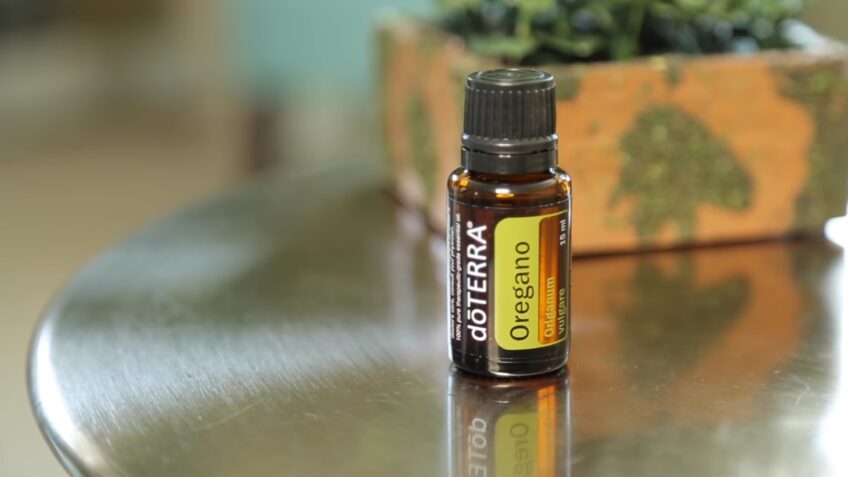
This oil contains thymol. The substance has antifungal and antibacterial properties.
Olive Leaf Extract
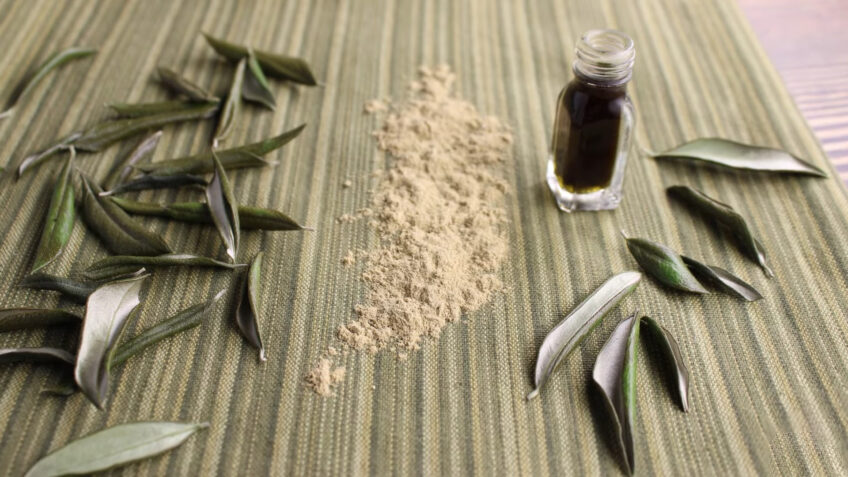
Olive oil extract contains oleuropein, which is thought to have antifungal, antibacterial, and immune-stimulating properties.
Ozonized Oils
Olive oil and sunflower oil are two examples of ozonized oils that contain ozone gas. Sunflowers contain it, and once more, it has a variety of features that support minimizing and reducing infection.
Vinegar
Despite the lack of scientific proof, it is absolutely safe to try vinegar. In the same way, iodine.
Iodine can color nails and leave skin stains, so use caution when using it. Not the nicest scene for wearing sandals during the summertime!
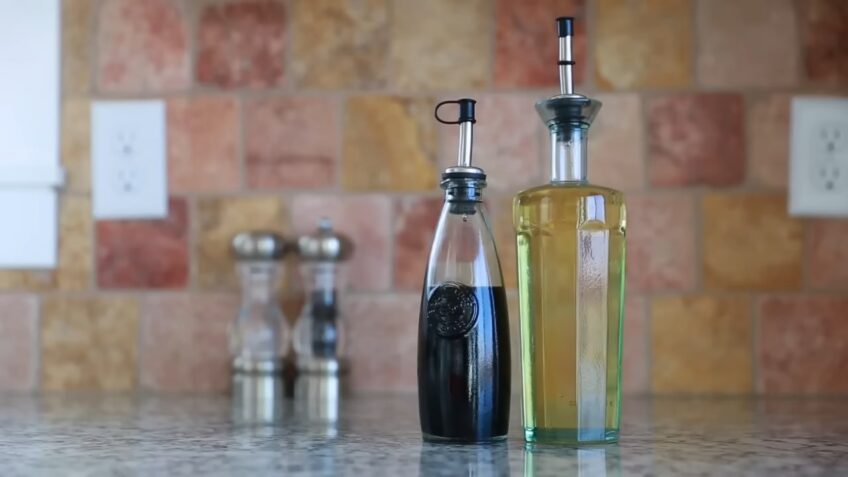
Listerine
Thymol, eucalyptus, and methol are ingredients in Listerine. They are all antibacterial and antifungal.
Every day, soak the troubled nails for 30 minutes.
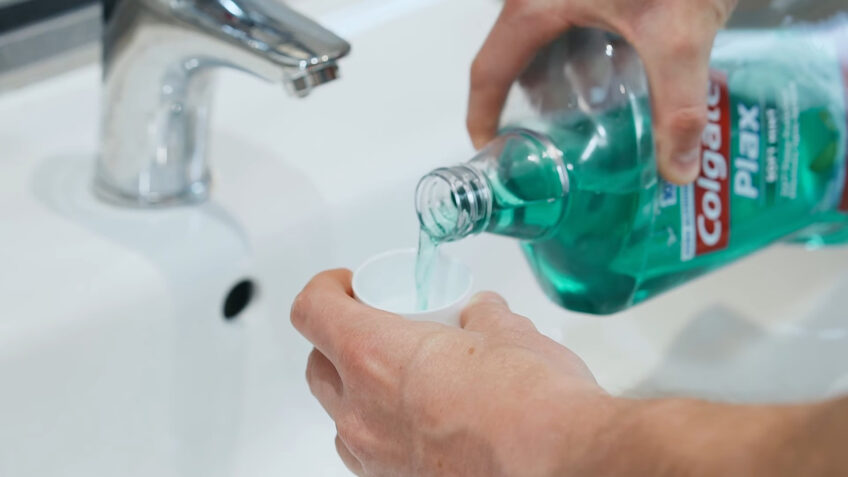
Garlic
Place chopped and crushed garlic cloves on the nails every day for 30 minutes.
Consider Your Diet
Your diet has a significant impact on the health of your nails. Eat enough proteins for healthy nail growth, probiotic-rich yogurt, and vitamins and minerals like magnesium to avoid brittleness to give your body all the good nutrients it needs.
Consuming enough fish, meat, fruit, and vegetables will help to ensure that your nails have the nutrients they need to develop and stay strong.
Preventing Nail Fungus
While prevention is usually preferable to treatment, it is best to be knowledgeable about a few precautionary measures:
- Get manicures and pedicures at reliable salons.
- Avoid using artificial embellishments and nail polish all the time.
- Avoid crowded, moist environments since they might breed diseases.
What Happens If Nail Fungus Is Left Untreated?
Nail fungus, if left untreated, can cause difficulties. It may become uncomfortable and harm your nail permanently. Moreover, the nails may grow big, harsh, and unsightly, or they may become brittle and weak to the point where they disintegrate and cease growing.
Diabetes and immune system suppression can cause various health issues in your body.
Cellulitis, a bacterial skin infection, can also manifest itself in severe situations.
FAQs
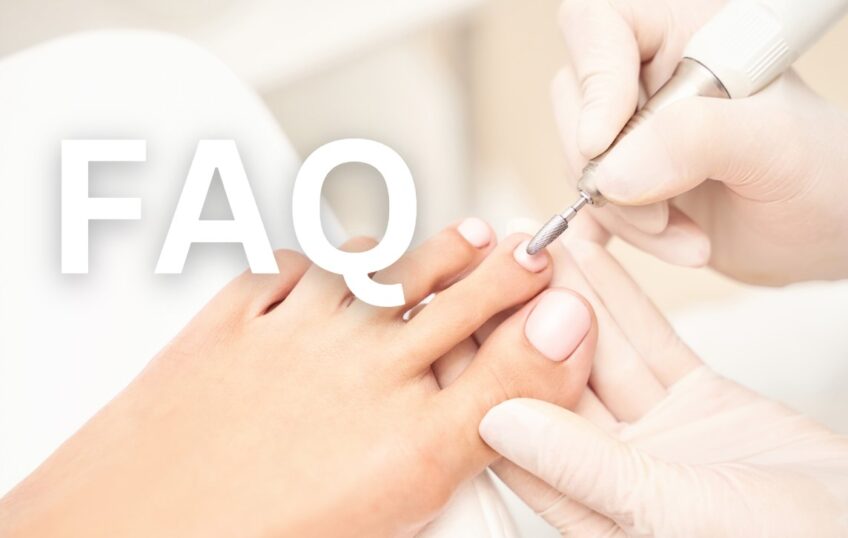
How long does it take to get rid of nail fungus?
The length of treatment for nail fungus varies depending on the severity of the infection and the type of treatment used. Prescription medications may take several months to fully eliminate the fungus, while natural remedies may take longer or may not be effective at all.
Can nail fungus be contagious?
Yes, nail fungus is contagious and can spread from person to person or from surface to surface. It’s important to take precautions to prevent the spread of the infection, such as avoiding sharing personal grooming tools and disinfecting surfaces regularly.
Can I get a nail fungus infection from a nail salon?
While it’s possible to contract a nail fungus infection from a nail salon, it’s rare if the salon follows proper sanitation procedures. It’s important to choose a reputable salon and make sure they use clean and properly sterilized tools.
Can nail fungus be cured permanently?
While nail fungus can be treated and eliminated, it’s possible for the infection to recur in the future. It’s important to take preventative measures and maintain good foot hygiene to prevent reinfection.
Can I get a pedicure while I’m being treated for nail fungus?
It’s generally safe to get a pedicure while being treated for nail fungus, but it’s important to inform the technician of your condition and follow any precautions they may take. It’s also important to continue with your treatment as prescribed.
Are there any side effects to prescription medications?
Prescription medications for nail fungus may have potential side effects, such as upset stomach, headaches, and skin rash. It’s important to talk to your doctor about any concerns you may have and to report any side effects you experience.
Can I still get a nail fungus infection if I maintain good foot hygiene?
While maintaining good foot hygiene can help prevent nail fungus infections, it’s still possible to contract the infection. It’s important to take precautions and avoid walking barefoot in public areas or sharing personal grooming tools.
Conclusion
In conclusion, nail salons will work on your nails even if you have infections from nail fungus. The experts are typically quite skilled, have dealt with a wide range of issues, and are normally eager to help.
They lack the expertise and resources to address the issue, thus they won’t do so. Several salons never disclose whether they can assist treat fungal diseases or not.
Acrylic nails are the only manicure that is not advised. In fact, if they are left for three months or more, they are even thought to be one of the possible sources of the illness. The adhesive causes an excessive amount of moisture to collect, which creates an ideal environment for germs to flourish.
If you discover signs of infection, it is recommended to visit a doctor. Avoid purchasing over-the-counter medications because their efficacy is disputed. Try some natural therapies instead, such as plant extracts and natural oils.
They have numerous anti-fungal characteristics, as well as scientific and personal evidence that they work. Fungus shouldn’t be ignored for too long. Start looking for treatment as soon as the first signs and symptoms arise.
If the persistent infection is not treated, it may eventually cause the nail bed to disintegrate and cause irreparable damage to your nails. Be prepared with patience. It may take several months to fully recover from the infection.
Take steps to avoid becoming infected with fungus in the first place. Always be considerate in public spaces.
Theodore is a prolific author at Fischer Institute, known for his insightful articles on health and nutrition. His expertise spans a wide range of topics, from the benefits of traditional foods to the latest in health trends, always aiming to educate and empower readers towards better wellbeing.
Also Read:
- How To Store Porto's Cheese Rolls - Can You Freeze Them?
- Can You Freeze Miracle Whip - Avoid Food Poisoning
- Do You Have Underboob Rashes? Find Out What Causes…
- What Kind Of Salads Does Burger King Have - Burger…
- Do I Have Kidney Stones or a UTI? How To Tell the Difference
- Get Rid Of Armpit Fat In A Jiffy With These 7…

